For those of you that don’t know, in addition to being a longtime higher education copywriter, I’m also a traditionally published children’s author. It’s been a passion of mine for a long time and took me well-over 10 years to get good at it.
One of my books, Muddy: The Story of Blues Legend Muddy Waters (Atheneum) made it onto NPR’s Best Books List of 2017, an honor it shared with the likes of Coretta Scott King, Salman Rushdie, and…wait for it…Sebastian Bach of the 80s hair metal band Skid Row. Interesting company, right? Another book, When Angels Sing: The Story of Carlos Santana (Atheneum) won the Robert F. Sibert Honor from the American Library Association which is given to the five best nonfiction children’s books published in a given year.
Succeeding in children’s publishing is hard and I generally feel pretty humbled by these successes. But this month, I’m all about shameless self-promotion! Why? Because my newest book, Gizmos, Gadgets and Guitars: The Story of Leo Fender (MacMillan), has just hit shelves (both real and virtual!).
To celebrate, I thought I’d talk about some of things picture books have taught me about marketing. It might sound like a stretch at first but think of it this way: Like great ads, the best picture books use succinct language and well-crafted imagery to tell stories that engage and inspire an audience. Because of this, picture books can actually teach us a lot about creating effective ads and copy.
What Do All Great Stories Have?
It may same slightly obvious, but all great stories have a beginning, middle, and end, and your campaigns should too. I’m not talking about start and stop dates here, but rather the kinds of messages that speak to the beginning, middle, and end of a student’s journey. Just like in Joseph Campbell’s Hero’s Journey, the beginning of a student’s journey is all about inspiration and aspirations, the middle is about struggle and perseverance, and the ending is about achieving their educational goal.
With this in mind, our messages should speak to these emotional touchpoints. If beginnings are all about inspiration and aspiration, this is where we help prospects dream big and have the courage to “leave home.” Since middles are all about struggle (because college isn’t easy), this is why we include messages about support to help them persevere. Finally come our ending messages that show students succeeding and attaining the prize (so other students can see their success and be inspired by them, etc.).
Making sure your campaign touches on these stages (not all at once but across your collateral) will make sure you’re telling a complete story of inspiration, perseverance, and success that will inspire students to believe in themselves, and your college. This is also the structure of all my picture books, and Star Wars: A New Hope, all the Harry Potter books, and Homer’s The Odyssey and…you get the picture. (See what I did there?)

Know Your Audience
Great picture books tell the right story to the right audience. For the same reason that cartoonish illustrations are reserved picture books and sex and love relationships are saved for young adult novels, you need to know your audience to make sure you’re telling a story that resonates with their needs and interests.
A recent campaign Graduate Communications did for IVC is a case in point. The goal of the campaign was to drive awareness and enrollment among 18-26 Latinx prospects in IVC’s service area. Considering I’m not Latinx nor do I speak Spanish, as the project’s lead strategist, I needed to get to know this audience to ensure I could craft a campaign that was authentic, credible, and unbiased. Fortunately, IVC’s outreach manager, who is Hispanic and spends his days talking to this audience (among others), was able to guide my understanding of the unique needs and challenges faced by this demographic. Using his insights and direction, we were able to tell a story through digital ads, YouTube videos, and billboards using a blend of English and Spanish that was both authentic and credible.
Creating personas based on your different audiences is a great way to think through who your prospects are.
Pictures are Good
As the saying goes, “A good picture says a thousand words,” and this is nowhere more true than in advertising and picture books. Get friendly with your graphic designer, invest in photography of real students (students can sense stock a mile away), and make sure your images reflect the diversity of your student body and/or the prospects you are targeting. If students don’t see themselves in your ads, they won’t see themselves on your campus.
If I had longer, I could have made it shorter
Picture books are short. My book, Gizmos, is less than 1200 words total! Still, the book manages to tell a full (feeling) story that makes use of language that is both engaging and, at times, poetic (if I do say so myself!). To fit life stories into this format, you have to be strategic about what you want to focus on. And the same is true for ad copy.
When it comes to ads, start with your value proposition and refine from there. Don’t get hung up on getting it right the first time. Writing is revision. So, once you can say what you want to say, figure out how to say it with fewer words. When I’m working on a campaign, I pretty much have a Thesaurus.com tab open at all times.
Got a brand or a tagline? Use it to guide your language. Don’t have a brand or tagline? Get one! Easier said than done, I know, but good brands are an infinite source of inspiration and direction. Consider College of the Sequoias alumni tagline, “Forever Giant.” If you turn that tagline into an algorithm, it basically writes cool headlines itself: Forever Proud; Forever Inspired; Make a GIANT Difference; Go BIG; etc.
Hopefully, you get the idea. If you don’t, reach out and I’ll talk you through it!
There are a lot of ways that publishing and marketing are obviously very different but at a core level, both are in the business of telling stories. Good stories challenge, they teach, and they inspire…and nowhere is this more true than in higher education marketing. Because truth be told, we are not just in the business of telling stories, we are in the business of changing lives.

